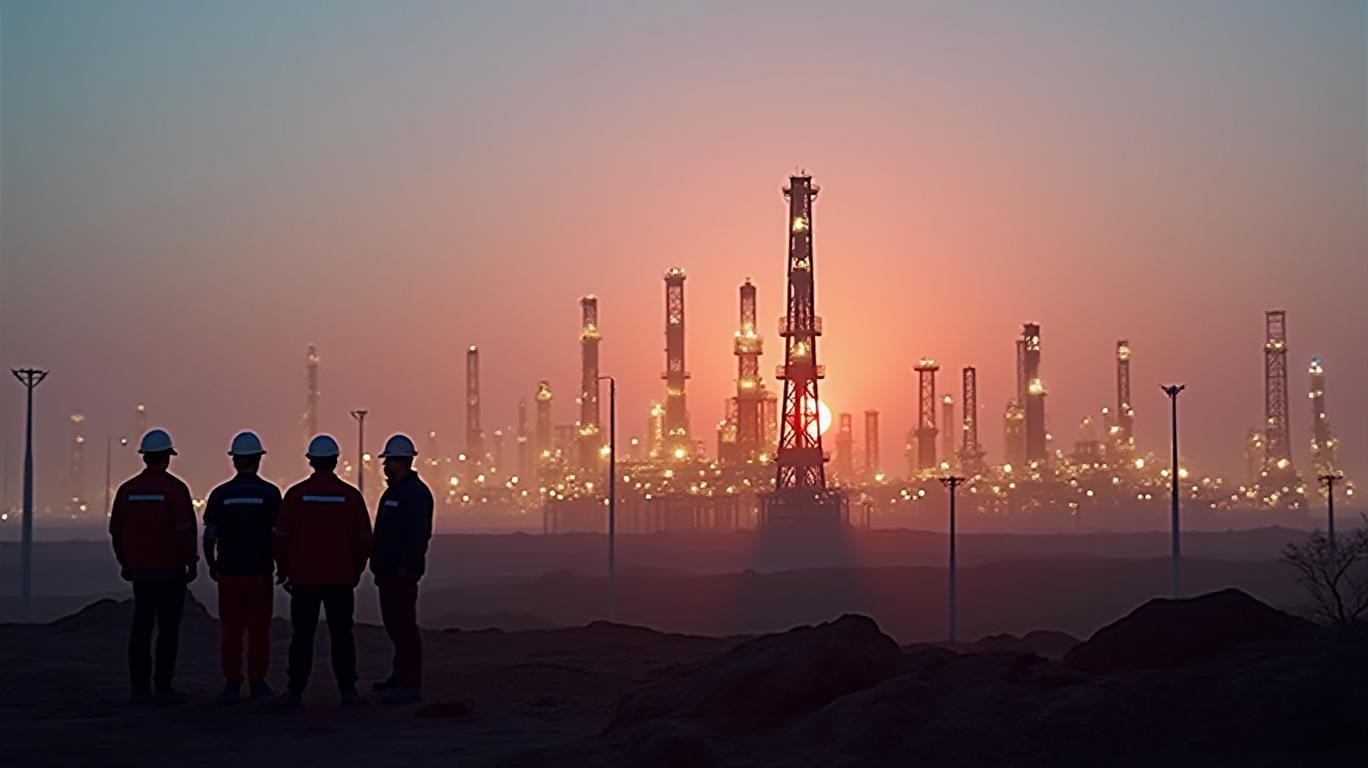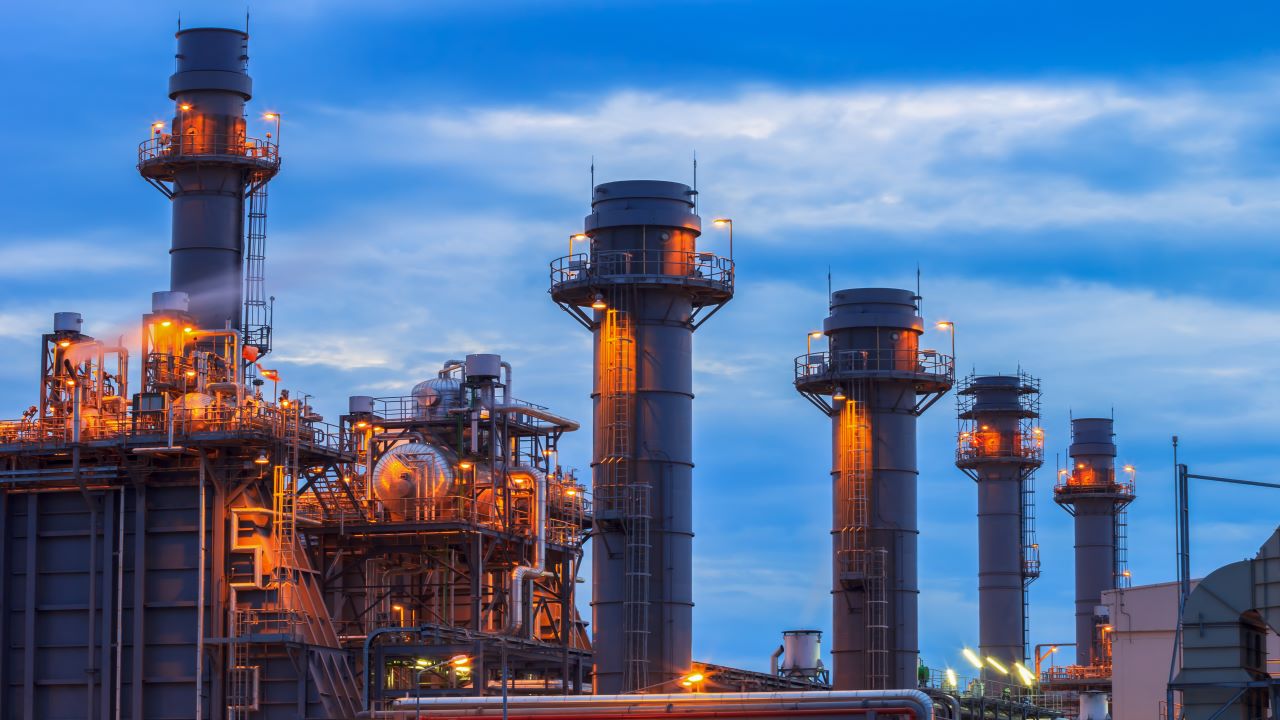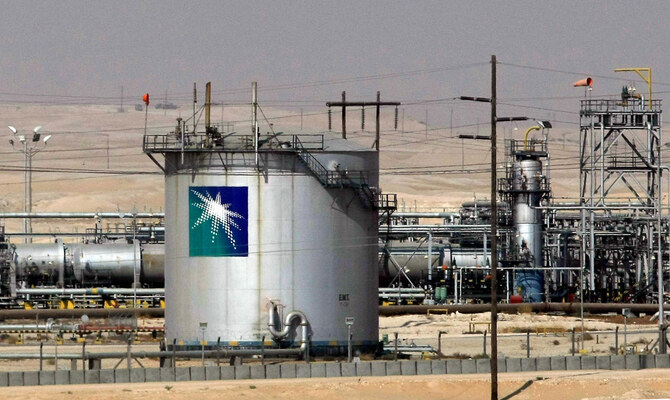Saudi Aramco has quietly begun marketing up to five gas fired power plants that serve its refineries, with an asking price near $4 billion, according to people familiar with the matter. The potential divestment marks the latest effort by the world’s top oil exporter to shore up state coffers as lower crude prices and ambitious spending plans tax the kingdom’s budget.
The facilities under consideration supply electricity and steam for Aramco’s refining operations and are part of an asset list that includes housing compounds, pipelines, and port assets, the sources told Reuters on condition of anonymity. By the end of 2024 Aramco owned stakes in 18 power plants and related infrastructure, and its move to offload some of these units reflects mounting pressure on the Saudi government’s finances after it ran a deficit exceeding $30 billion last year despite receiving $199 billion in oil revenue.

Local utility firms and infrastructure funds appear best positioned to acquire the plants given their familiarity with Saudi regulations and proximity to the sites. While Aramco has not set a public timetable for the sales, bankers and advisers involved believe that the process could start by late summer, provided the kingdom’s sovereign wealth fund and other state institutions endorse the plan.
Government Budget Pressure and Dividend Cuts
As oil receipts contributed 62 percent of total state revenue in 2024, Riyadh faces the dual burden of sustaining its social programs and funding Crown Prince Mohammed bin Salman’s bold Vision 2030 projects without depending solely on oil income. Aramco, which remains 81.5 percent owned by the Saudi state, recently announced it would cut dividend payments by nearly one‑third this year, prompting investors to weigh alternative ways the company might free up cash in a low‑price environment.
To shore up liquidity, Aramco issued $5 billion in bonds in May and signaled plans for further borrowing. The power plant sale fits within a broader strategy to optimize the balance sheet by trimming noncore holdings and boosting returns on core upstream and downstream businesses.
Big Bets on Gas for Growth

Ironically, as Aramco seeks to shed electricity assets, it is simultaneously investing heavily to expand its gas production. The company awarded more than $25 billion in contracts last year to increase sales gas output by over 60 percent by 2030 versus 2021 levels, led by the $100 billion Jafurah unconventional gas development. CEO Amin Nasser emphasized in February that these investments demonstrate Aramco’s intent to integrate and grow its gas business to meet rising domestic and regional demand.
That expansion underlines a balancing act for the company and the kingdom: selling mature power stations to free up funds, even as they pour vast sums into new upstream gas projects. Observers note that stronger gas output will help Saudi industries cut carbon footprints and reduce dependency on oil‑fired power, but the upfront costs strain the budget in the near term.
Personal Analysis
This asset sale signals a pragmatic shift in Saudi Aramco’s strategy amid price volatility and the kingdom’s push to diversify revenue streams. By placing these power plants on the block, Aramco can refocus on its strength in oil and gas upstream activities while supporting Riyadh’s fiscal needs. However, selling units that supply its own refineries introduces operational risk if new owners face power shortages or price disputes. Looking ahead, the success of this divestment will hinge on smooth negotiations with local buyers and how well Aramco balances its sale proceeds against the heavy capital demands of its gas expansion, which remains a cornerstone of Vision 2030’s energy transition goals.
Sources: Reuters

